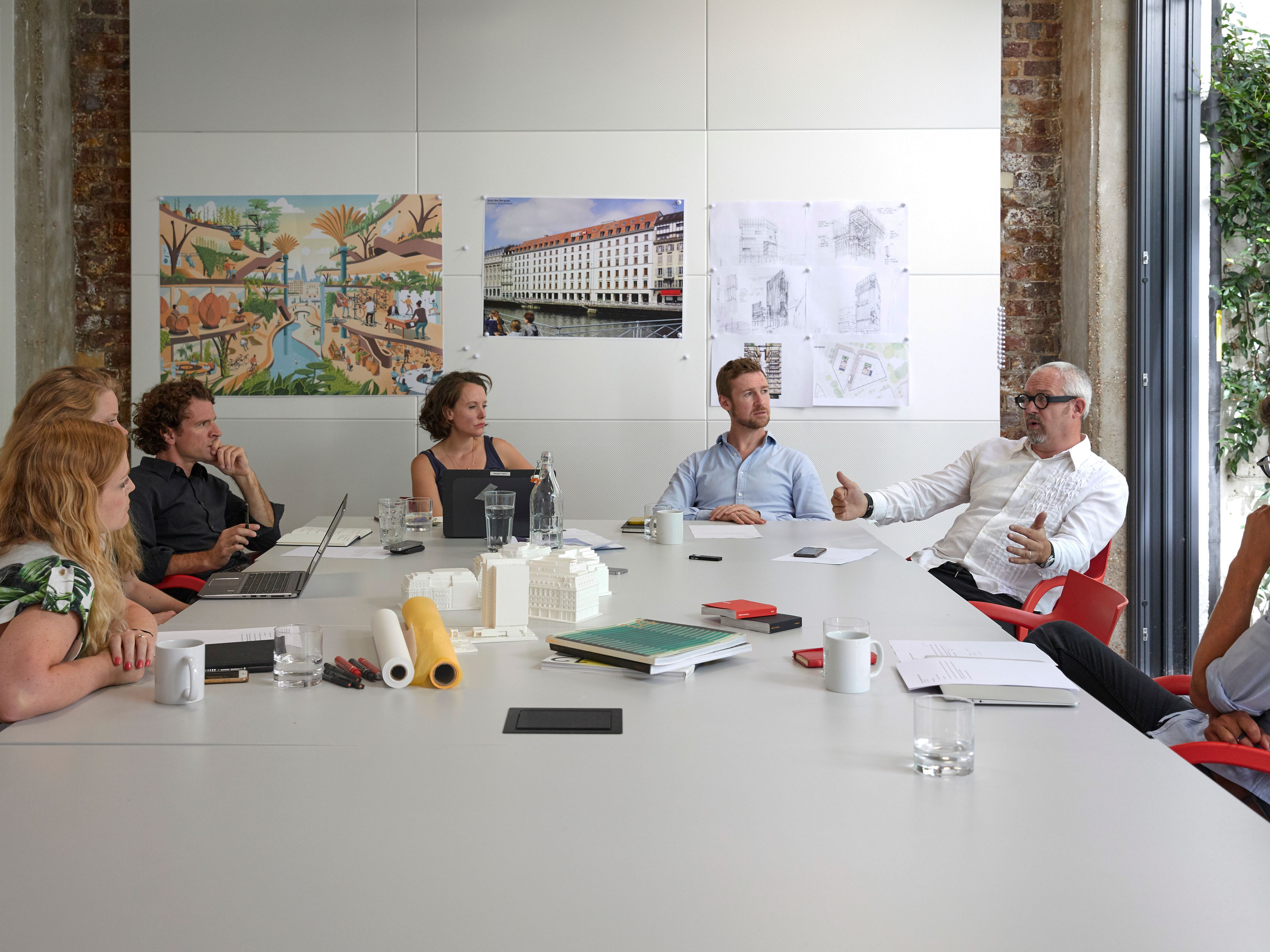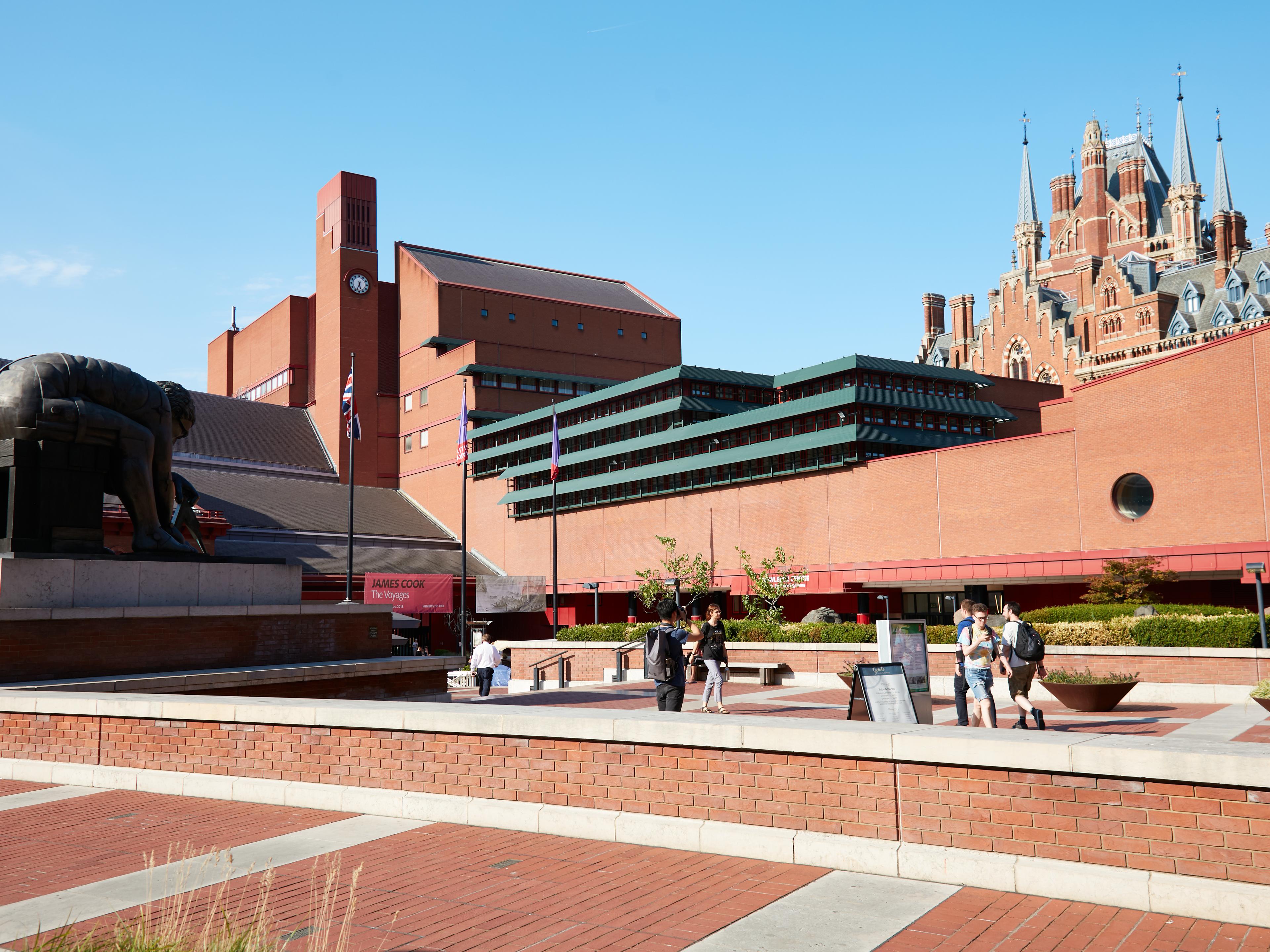
Long live the office
by Felicity FrancisFifteen years ago, offices were fairly uninspiring places on the whole. Senior staff were smuggled away in their own offices, and cubicles kept conversations to a minimum. As new technology started to cut the ties that chained workers to their desks, giving people the freedom to work at home, in a coffee shop or just about anywhere, many hailed the death of the office.
“But that was rubbish,” says Luke Appleby, co-founder of office agency Kontor, which specialises in finding amazing workspaces for growing businesses as well as established companies. “More and more office space is still being developed, but it’s a different kind of space. It’s creative, inspiring, adaptable space. People will always want to be together.”
What has emerged is a new breed of comfortable, design-led spaces that combine function with style. Co-working and flexible workspaces have exploded onto the scene, and space in general is being used in a very different way. The question now is whether these new trends have gone too far.

Arguably, most changes to workplaces in the last 15 years stem from the impact of technology. In July 2005, Apple’s sales of laptops exceeded those of desktops for the first time, and this quickly became the industry norm. Suddenly, work was portable. A further shift came when smartphones were introduced to the masses in 2007. Today, a host of technology solutions make it easy to do business when you’re not in the same room as a customer or colleague.
“Technology has enabled businesses to connect with customers on digital platforms rather than in traditional brick-and-mortar point of sale,” says Kata Wielgus, office manager at Minute Media, a global football media and technology company that has a very cool UK office in a listed building overlooking Liverpool Street Station.
In turn, this has dramatically reduced the barriers to entry for those looking to start a company. “There has been a growth in software as a service in all remits – accounting, legal, remote IT and so on – which means speed to market is much quicker,” says Appleby. “Successful businesses grow much faster, and office space has to be much more flexible.”
The number of start-ups, SMEs and freelancers in the UK has boomed in the last five years. In response, the property sector has had to start offering much more flexible workspaces. According to Cushman & Wakefield, 21% of commercial leases in London in 2017 were for flexible workspaces – that’s 2,300,000ft2 of lettings, a 190% increase on the previous year.
“Serviced office space on shorter-term contracts give companies the flexibility to grow and work in a better environment than more traditional solutions,” says Ryan Fitzpatrick, financial director at digital marketing agency Vayner Media in Shoreditch, which went from 0 to 60 employees in just 2 years. “Often, they also allow business to leverage tech and reduce the number of seats required day to day.”

Technology and the growth in small businesses have ushered in a generational shift that has fundamentally changed what we expect from the workplace. As millennials entered the workplace, they brought with them higher expectations for the place they spend so much time. Health and wellbeing have been pushed much higher up the agenda for all of us in the last decade, and more offices take elements such as natural light and space to relax far more seriously.
“The first item that we purchased for the office was a pool table, not desks or chairs,” says Wielgus, epitomising the trend to create a fun, social atmosphere in the workplace. Millennials don’t want to wait until 5.30pm for their social lives to start; they want to socialise at work.
It is the acceptance of this shift that has steered employers away from killing off the office to offering much more dynamic workplaces. As desk spaces have become smaller, partly as technology has reduced in size and cost of desk space has risen, more businesses have started to offer inviting breakout spaces – kitchens, seating areas and bars, for example. Offices have come to resemble hotel lobbies or cafes, even homes. While inviting employees to spend more time in the office, these design elements offer the ‘collision space’ that old-fashioned office layouts lack.
“I worked in a start-up before in an old building, where the kitchen was a dingy little room for 90 people,” says Alistair Fraser, head of people operations at online estate agent Nested, which in 2 years raised £86m of investment and moved offices twice to accommodate growth. “Now we’ve got almost 5 times that size for our 80 or so employees. We see the value in people being able to sit down together at lunchtime, having conversations they wouldn’t have had otherwise. It helps the subcultures in different teams mix.”
In the war for talent, “having a great workspace absolutely helps us to attract staff,” adds Fraser. Wielgus agrees: “I believe that people would rather work for the company that provides as comfortable working conditions as possible. If we can make people feel like they’re at home in their workplace, that's great.”
But have these trends pushed workplaces too far from being what they are – a place to work? While the open-plan layout currently favoured by many businesses might enhance communication, more businesses are recognising the need for private space. This is what Kontor has found, explains Appleby: “The balance needs to be found between the right environment for people to feel they can socialise and the space to concentrate.”
Minute Media favoured an open-plan layout but also introduced phone booths and private zones, which Wielgus says has positively affected company culture. “It is good to make employees work close to each other most of the time, but if needed they should have an option to ‘escape’ to the more private space,” she says. Similarly, Wielgus is not a big fan of another trend – hot-desking – as it “makes workstations less personal and comfortable.”
While businesses wrestle with the finer details of workplace layout, there’s no doubt that they can offer so much more than they could 15 years ago. Today it’s not uncommon for businesses to have dedicated events space, if only for staff socials or to host customer events. The lines between the workplace and the places where we spend the rest of our lives have blurred to such an extent that they are unlikely to ever be fully re-established. But, in all respects, long live the office.
Tags
Authors
Felicity Francis is an established writer with a background in business journalism. Before going freelance, Felicity spent ten years as an in-house journalist and editor on a range of UK and international titles.
Publication
This article featured in Exchange Issue No. 1, which explores the future of the workplace sector with architectural discussions, developer interviews, industry expert essays, design case studies and more.
Read more

